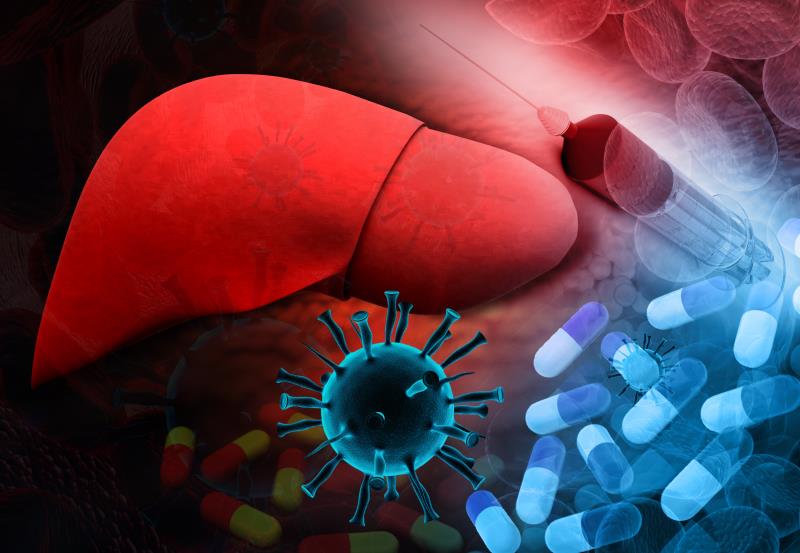
The survival benefits associated with treating hepatitis C virus (HCV) infections are driven primarily by a reduction in liver-related mortality, a recent study has found.
The study included 50,674 HCV patients who had been treated. Causes of death were retrieved from the national statistics index and were used to calculate liver-related mortality rates. Comparator groups of 31,749 untreated patients with the infection and 73,526 uninfected controls were also included.
During the observation period, 8.6 percent of the treated patients died. This was notably lower than the 35.0-percent mortality rate in their untreated counterparts, and the 14.28-percent rate in the uninfected controls. In these respective groups, the proportions of liver-related deaths were 31.6 percent, 23.3 percent, and 2.6 percent.
Relative to the overall group sizes, however, the proportion of liver-related deaths were 2.72 percent, 8.16 percent, and 0.37 percent, respectively. The resulting incidence rate per 100 patient-years was significantly lower in those who were vs were not treated (0.28 vs 1.44; p<0.0001). Controls likewise saw a lower incidence rate of liver-related mortality than untreated HCV patients (p<0.0001).
Cox proportional hazards regression analysis further confirmed that HCV treatment significantly and strongly reduced the risk of liver-related mortality, even after adjusting for comorbidities and demographic factors (adjusted hazards ratio, 0.25, 95 percent confidence interval, 0.24–0.27).
This effect was even more pronounced when newer direct-acting antivirals were used, rather than pegylated interferon or ribavirin-based regimens.